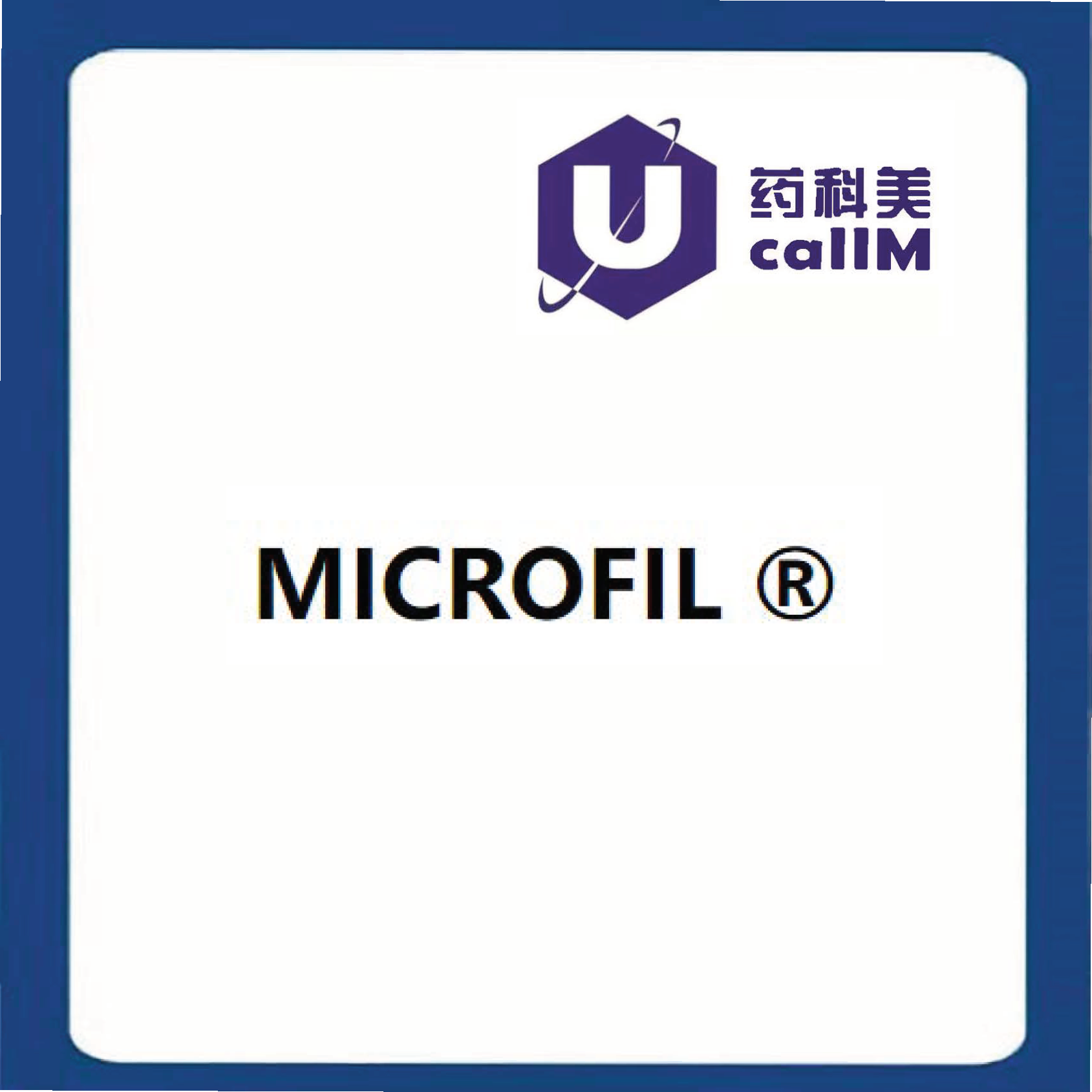flowtech产品代理

flowtech产品代理
MICROFIL® MV 系列化合物有五种不透射线颜色和透明颜色可供选择。 MV 系列化合物需要水杨酸醇甲酯或甘油清除序列,因此清除溶液的折射率与组织的折射率相同。这允许对选定的血管床进行显微镜检查。
MICROFIL® CP-101 化合物旨在用于铸造腐蚀技术,并设计用于填充大血管(大于 100 微米)。尽管 CP-101 化合物会填充毛细血管,但当通过接触氢氧化钾溶液去除支持组织时,这些血管会破裂。固化后,MICROFIL® CP-101 呈乳白色。使用 CP-101 制作的铸件将无限期地保持其尺寸精度。
与以前可用的橡胶注射材料相比,MICROFIL® 化合物具有的优势包括:
以最小的收缩完成填充,以增强血管的连续性,并在透明的制剂中产生生动的、光学透明的标本,允许对微循环进行精确研究。
颜色多样性,为显微检查和摄影插图提供循环树内的轮廓。
调查领域
在生理学中,MICROFIL® 可视化提供了一种建立特定器官精确血管结构的方法,可以比较正常和异常结构。
在外科手术中,微循环和显微解剖结构的可视化导致神经、肌腱和血管修复手术技术的改进。
在胃肠道研究中,MICROFIL® 化合物表征和描述与多种病理状况相关的血管模式变化。
注射标本,当保存在水杨酸甲酯或甘油中时,也可作为最终的教学辅助材料。
MV-系列混合程序
为了达到适合注射微循环的粘度水平,必须将 MV 化合物与等量(按重量计)的 MV-稀释剂混合。体积混合每 4 毫升化合物需要 5 毫升稀释剂。化合物和稀释剂的混合物由 5%(按重量或体积计)的 MV 固化剂催化。粘度范围为 20 至 30 厘泊。工作时间为 20 分钟,从添加固化剂开始。
MICROFIL® compounds will fill and opacify microvascular and other spaces of non-surviving animals and post-mortem tissue under physiological injection pressure. The continuous, closed vascular system lends itself to flow through injection or perfusion techniques. Following injection, MICROFIL compounds cure to form a three-dimensional cast of the vasculature.
MICROFIL® MV-series compounds are available in five radiopaque colors, as well as clear. MV-series compounds
require either an alcohol-methyl salicylate or glycerin clearing sequence, whereby the refractive index of the clearing solution is the same as the refractive index of the tissue. This allows for microscopic examination of a selected vascular bed.
MICROFIL® CP-101 compound is intended for use in cast-corrosion techniques, and is designed for filling large blood vessels (greater than 100 microns). Although the CP-101 compound will fill capillaries, these vessels fragment when the supporting tissue is removed through exposure to a potassium hydroxide solution. When cured, MICROFIL® CP-101 is a milky white in color. Casts made using CP-101 will maintain their dimensional accuracy indefinitely.
Advantages offered with MICROFIL® compounds over previously available rubber injection materials include:
Complete filling with minimal shrinkage, to enhance vessel continuity and to produce in cleared preparations a vivid, optically cleared specimen that allows a precise study of the microcirculation.
Color diversity, to provide delineation within the circulatory tree for microscopic examination and photographic illustration.
Areas of Investigation
In physiology, MICROFIL® visualization provides a means for establishing the precise vascular architecture of specific
organs, allowing comparison between normal and abnormal structure.
In surgery, visualization of the microcirculation and microanatomy is leading to improved surgical techniques in the repair of nerves, tendons, and blood vessels.
In gastrointestinal research, MICROFIL® compounds characterize and describe changes in vascular patterns associated with several pathological conditions.
Injected specimens, when preserved in methyl salicylate or glycerin, also serve as a definitive teaching adjunct.
MV-Series Mixing Procedure
To achieve a viscosity level suitable for injection of the microcirculation, it is necessary to blend the MV compound with an equal quantity (by weight) of MV-Diluent. Volume mixing requires 5ml of diluent for every 4ml of compound. The mixture of compound and diluent is catalyzed with 5% (by weight or volume) of MV Curing Agent. Viscosity ranges from 20 to 30 centipoise. Working time is 20 minutes and begins with the addition of curing agent.


